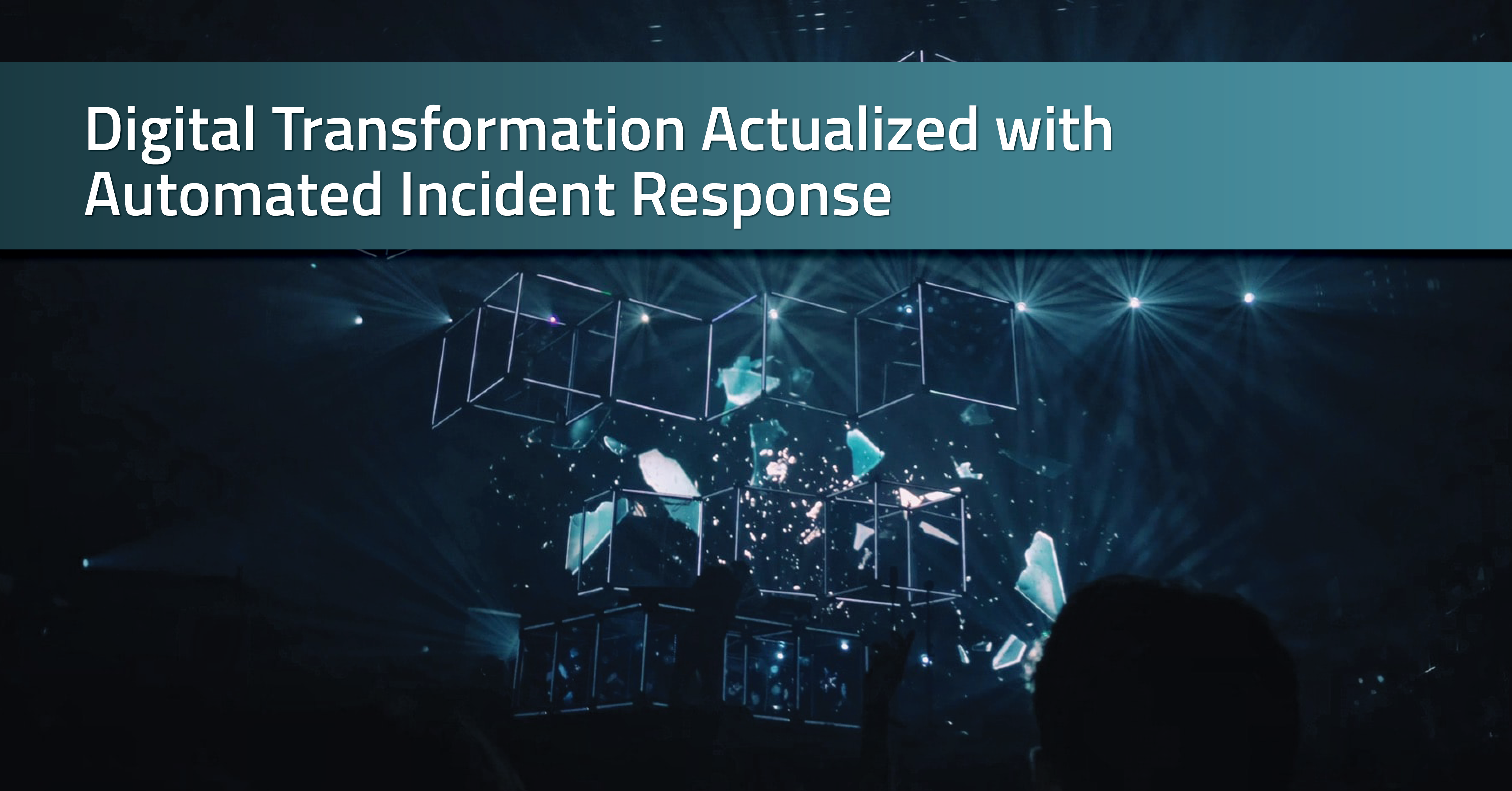
Radar, Tigers, and Digital Transformation
According to the Chinese Zodiac, 2022 is the Year of the Tiger. With the tiger being a symbol of strength, bravery, courage, and ambition, there’s no better time than now to talk about embracing process change and leading the charge on digital transformation.
The New Year is the perfect time for individuals and organizations alike to take inventory, self assess, and ask: What’s going well? What needs improvement? How can we be more successful?
Maybe you’re focused on organizational changes, such as improving quality, speeding up processes, or amping up efficiencies. Whatever your focus, it’s imperative to include measurable goals – or sets of benchmarks – to align your direction with a desired outcome.
For Privacy and Compliance teams focused on improvements to data incident management processes, it can be helpful to specifically compare outcomes with industry peers.
RadarFirst’s incident response benchmarking data helps teams focus on areas that could use improvement by identifying certain processes that may not be performing up to par. Here are a few examples:
- Does your organization take longer to discover privacy incidents than your industry peers? This could indicate an issue in training — do all employees know what constitutes a privacy incident and who to alert? Are there areas you could streamline incident reporting to the privacy department and effectively “deputize” everyone within the organization when it comes to identifying and reporting privacy incidents? Might there be a lack of internal communications? This can play a big role in slowing down the incident response process flow.
- Does your organization spend more time in the incident triage, investigation, and assessment phase than your industry peers? This data might highlight the need to add more resources (FTEs or tools) to your team. Maybe the investigation process lingers because the details of the incident required for a proper assessment are missing in the original report. This can result in wasted time with a lot of emails, calls, and overall inefficient communications.
- Once you have all the details of an incident, does your organization take longer to make a breach decision than your industry peers? This could be a result of unclear role delineation between privacy, security, and legal. Could this be due to an over reliance on external resources (investigators, legal counsel)?
Be a Tiger. Embrace change and digitally transform.
“Optimizing IT operations for speed and quality can be what’s necessary to run more efficiently and transform,” states Jan Felch with Dell Technologies, while discussing three digital transformation imperatives for 2022. Maybe you’ve been tasked with making a digital transformation in your department or across the entire company. In fact, more than half of companies are prioritizing digital transformation this year. After all, who doesn’t want to be more intelligent and resilient?
For example, when a breach involves personally identifiable information (PII), efficiency and collaboration between teams can be the difference between compliance with stringent privacy notification deadlines or costly fines and reputational damage. Here are four key ways organizations can improve their incident response processes:
- Choose tools that provide a real-time dashboard of incidents and response, with trend analysis and customizable reporting.
- Compare your program against industry benchmarks.
- Conduct and document periodic, enterprise-wide risk assessments to spot new areas of risk.
- Convene regular meetings of privacy teams, infosec, and other stakeholders to review performance and trends, create action plans to address problems, and review progress.
Most organizations are in critical need of a more efficient incident response plan, one that can provide them with expert, automated incident risk assessment to determine whether a privacy incident is a data breach requiring notification under the constantly changing breach notification laws.
Even with the ever-evolving and increasingly complex privacy and security challenges and legal backdrop, many organizations are still using a patchwork of homegrown and point solutions or manual processes to manage incident response. This can lead to potential risks, increased regulatory scrutiny, inefficient processes, and inaccurate results.
Automating Incident Response Can Save Time in 2022
Implementing Radar, incident response management software, is a smart way for organizations to actualize digital transformation across all four domains: technology, data, processes, and organizational change.
Radar provides expert, automated incident risk assessment to determine whether a privacy incident is a data breach requiring notification under the constantly changing breach notification laws. Learn how Radar helps organizations be more efficient, consistent, and unified.
When time is of the essence during breach response, each functional team must act quickly to mitigate the risks of exposure for both the data subjects and the organization managing the data. Radar’s Incident Dimensions™, the latest from RadarFirst, expedites incident resolution and enables collaboration across incident response teams, by simplifying communication and accelerating time to incident resolution.
Within Radar, Incident Dimensions unifies the incident response process from multiple communication platforms to provide a single, actionable incident record for all key stakeholders to aid timely resolution.

